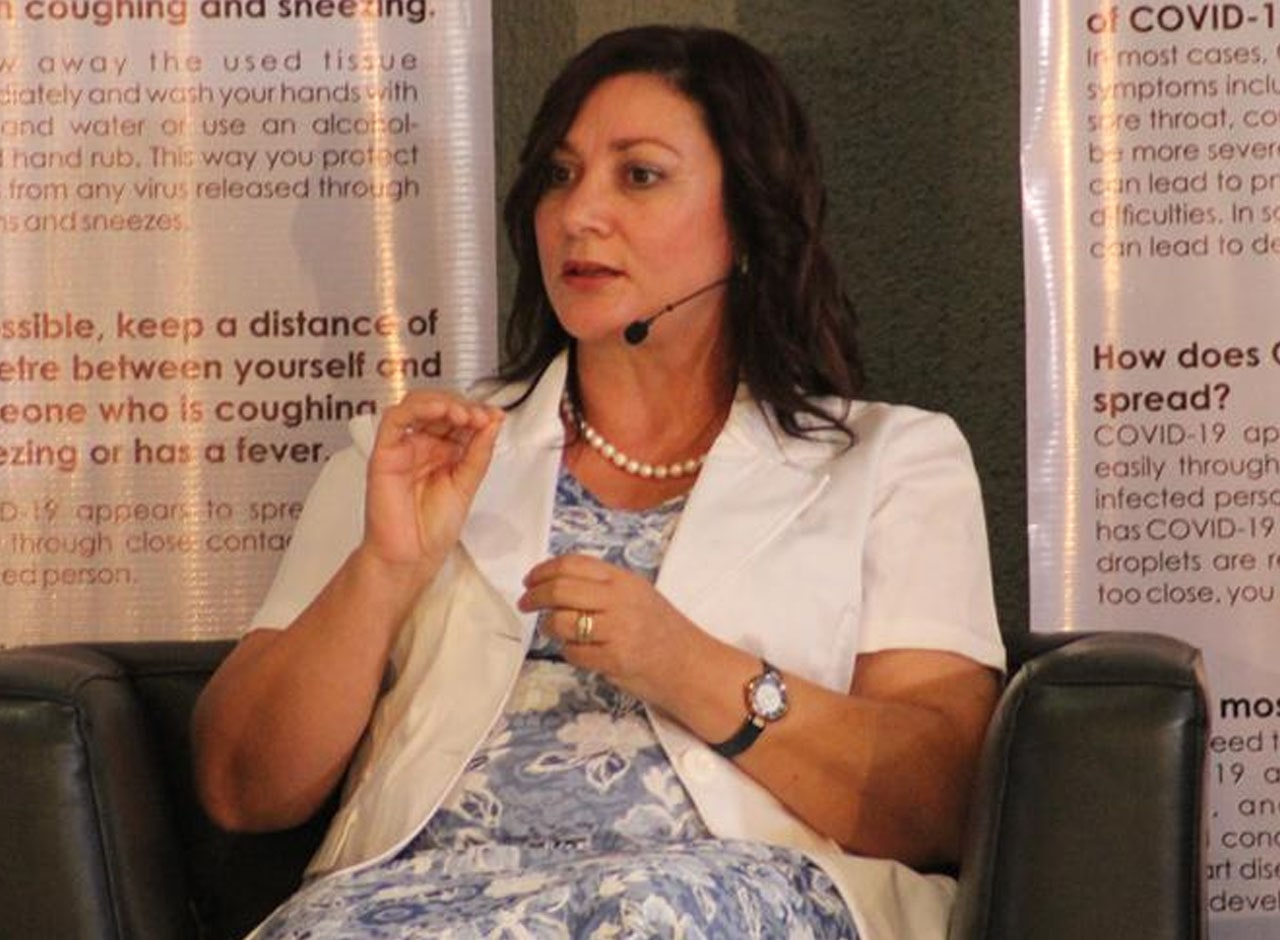Maria Hamutenya
The Ministry of Education, Arts and Culture Executive Director (ED), Sanet Steenkamp, says the continued growth in the student population has resulted in a classroom backlog of 5 124 classrooms nationally.
According to the ministry’s figures, as of 2019, the 14 regions had a total of 26, 090 classrooms, of which 22, 461 are permanent classrooms, 1 426 prefabricated classrooms from non-conventional material, and 2003 traditional structures constructed by the parents or by the school and 200 higher classrooms all together.
“The backlog is also considering the growth in the learner population of at least three percent per annum. Most of the children are accommodated in traditional class rooms,” she told the Windhoek Observer.
Steenkamp said to address the classroom deficit, “at least 5000 permanent classrooms need to be constructed in the next five years, and the possibility of children being taught in traditional classrooms will be more if the issue is not addressed.”
“When we talk about a backlog in structures we mean if you want to construct new classrooms, which we do on an annual basis, every year the ministry provides development budgets to the regions under the regional council under our decentralised function. We call this budget the Basic Education Facility Funding, these funds are specifically for the construction of classrooms and sanitation facilities. Every region has a programme where once they receive, they construct a certain number of classrooms as well as sanitation facilities.”
The ED said of the N$800 million received in the 2020/2021 financial year, the purpose thereof was to construct sanitation facilities, as well as upgrade and renovate sanitation facilities, while also constructing new hostels.
“It is only in the case of Khomas that the funds were used for the construction of classrooms,” she said.
Whether the ministry is aware of children being taught under trees and makeshift classrooms, Steenkamp told Windhoek Observer that she was not aware.
“I am aware of children being taught in corrugated iron and traditional classrooms. The data captures all the permanent structures in the ministry, temporary structures which is inclusive of huts or corrugated iron classrooms or traditional classrooms that have been constructed by the community members, “ she said adding that ,”Our data do not capture children taught under trees.”
“In most rural areas, it is the parents that provide the first class room, provided that Government will be able to provide a teacher, and thereafter when the basic education facility fund is given to a school for capital projects, the school then constructs proper classrooms.”
Steenkamp said the ministry has finalised an accelerated infrastructure development plan. which is yet to be launched by the minister.
“This plan specifically looks at the number of classrooms that are required in the region. There is a learner population number growth per year of more than three percent and its required on a constant basis for new classrooms to be constructed, some are classrooms at existing schools while some classrooms require the establishment of a new school and before a new school is established by Government usually the communities put up infrastructure or it starts with tends and then the construction takes place,” she said.
In the year 2020/2021 the ministry provided N$87 million towards basic education infrastructure.




